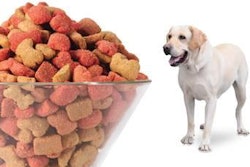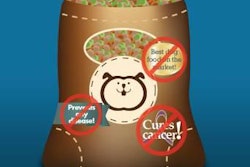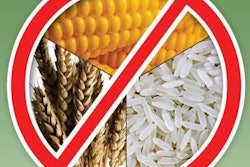Cats maintain higher blood selenium (Se) concentrations compared to dogs and, unlike dogs, show no signs of chronic Se toxicity (selenosis) when fed dietary organic Se (selenomethionine) concentrations of 10 µg/g DM. This study investigated the response of cats and dogs to high dietary concentrations of sodium selenite and organic Se to determine differences in metabolism between both species.
In two consecutive studies, 18 adult cats and 18 adult dogs of equal sex were fed a control diet (0.6 µg Se/g dry matter, DM) or the control diet supplemented to 8 to 10 µg Se/g DM from Na2SeO3 or organic Se for three weeks. All animals were fed the control diet one month before the start of the study. Measurements included plasma Se concentrations, plasma glutathione peroxidise (GPx) activities, plasma Se clearance, Se intake and urinary Se excretion.
No clinical signs of selenosis were observed in the cats or dogs, and apart from Se clearance, form of Se had no effect on any of the measurements. Apparent fecal Se absorption was greater in the dogs fed both forms of Se, while greater plasma Se concentrations were observed in the cats on both the control and supplemented diets. Cats fed the supplemented diets had lower hepatic Se concentrations and excreted more Se in urine compared to dogs. Cats fed the Na2SeO3 supplement had greater Se clearance rates than dogs. There was no effect of species on plasma GPx activity.
We conclude cats can tolerate higher dietary Se concentrations as they are more efficient at excreting excess Se in the urine and storing less Se in the liver.
Source : S.E. Todd et al., 2012. Selenium status in adult cats and dogs fed high levels of dietary inorganic and organic selenium. J Anim Sci online February 2012, doi: 10.2527/jas.2011-3911J














